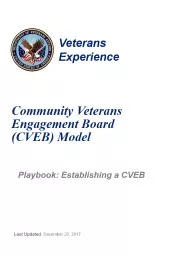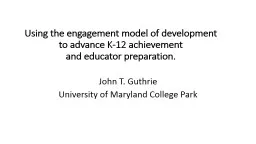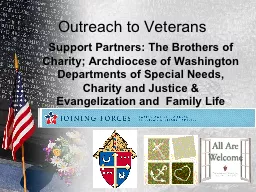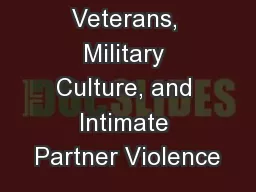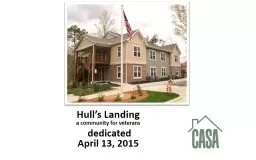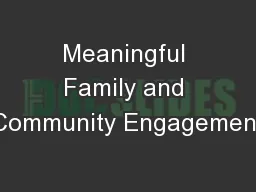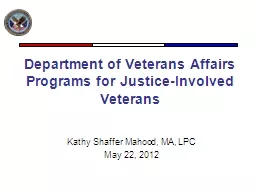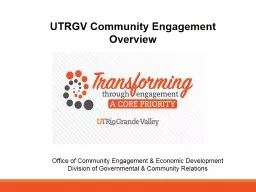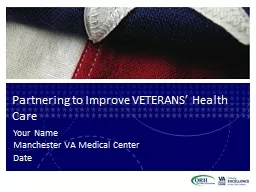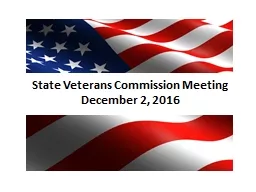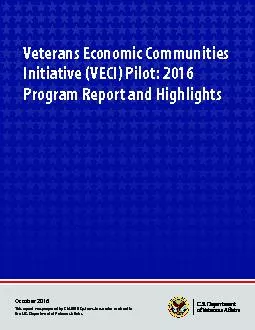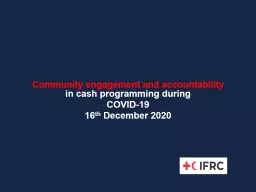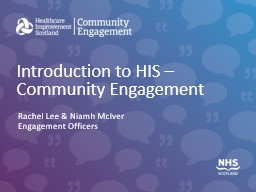PPT-Community Veterans Engagement Board (CVEB) Model
Author : phoebe-click | Published Date : 2018-11-05
Last Updated December 20 2017 Playbook Establishing a CVEB Veterans Experience Improve VeteranService member outcomes by connecting public and private resources
Presentation Embed Code
Download Presentation
Download Presentation The PPT/PDF document "Community Veterans Engagement Board (CVE..." is the property of its rightful owner. Permission is granted to download and print the materials on this website for personal, non-commercial use only, and to display it on your personal computer provided you do not modify the materials and that you retain all copyright notices contained in the materials. By downloading content from our website, you accept the terms of this agreement.
Community Veterans Engagement Board (CVEB) Model: Transcript
Download Rules Of Document
"Community Veterans Engagement Board (CVEB) Model"The content belongs to its owner. You may download and print it for personal use, without modification, and keep all copyright notices. By downloading, you agree to these terms.
Related Documents

